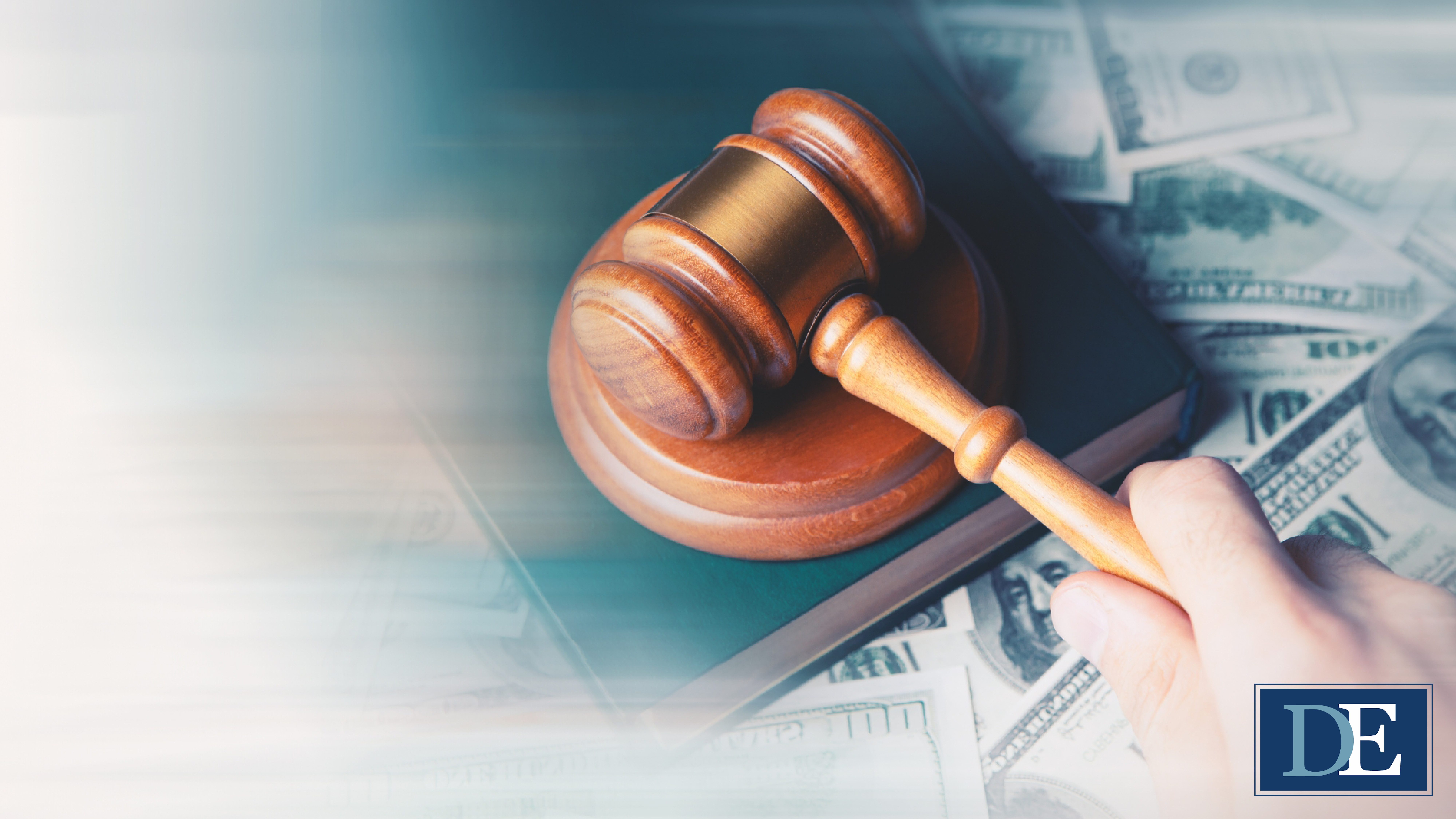
In March 2022, we discussed the decision by the Southern District of New York (the “District Court”) overturning the U.S. Bankruptcy Court for the Southern District of New York’s (the “Bankruptcy Court”) confirmation of drugmaker Purdue Pharma’s controversial Chapter 11 Bankruptcy Plan (the “Plan”).[i] The District Court determined that the Bankruptcy Code did not permit the use of non-consensual third-party releases outside of asbestos cases.[ii] The District Court decision was appealed to the United States Court of Appeals for the Second Circuit (the “Second Circuit”), and now, because of a recent decision made by the Second Circuit, it is headed for the United States Supreme Court.
On May 30, 2023, the Second Circuit reversed the District Court and held that bankruptcy courts have the authority to approve plans with non-consensual releases of direct third-party claims against a non-debtor.[iii] The Second Circuit determined that the Bankruptcy Court properly confirmed Purdue Pharma’s Chapter 11 plan and identified seven factors that courts should consider before approving a plan with non-consensual third-party releases.
At issue before the Second Circuit were the following:
- Whether the bankruptcy code permits non-consensual third-party releases of direct claims against non-debtors (e.g., members of the Sackler family); and, if so,
- Whether the facts of the case and equitable considerations permit such third-party releases under the Chapter 11 plan in issue.
In relation to the first issue, the Second Circuit explained that the “bankruptcy court correctly grounded its authority for approving the Releases in §§ 105(a) and 1123(b)(6) [of the Bankruptcy Code], which provide the statutory basis for the bankruptcy court’s equitable authority and permit the bankruptcy court’s approval of the Plan.”[iv] In rendering this determination, the Second Circuit found unpersuasive the Appellees’ arguments that the Bankruptcy Code does not explicitly authorize such third-party releases.
As to the second matter, the Second Circuit laid out a seven-part test to determine the propriety of non-consensual third-party releases, which is set forth below:
- Whether there is an identity of interests between the debtors and released third parties, including indemnification relationships, such that a suit against the non-debtor is, in essence, a suit against the debtor or will deplete the assets of the estate;
- Whether claims against the debtor and non-debtor are factually and legally intertwined, including whether the debtors and released parties share common defenses, insurance coverage, or levels of culpability;
- Whether the breadth of the release is necessary to the plan;
- Whether the release is essential to the reorganization, in that the debtor needs the claims to be settled in order for the res to be allocated (and not because the released party is somehow manipulating the process to its own advantage);
- Whether the non-debtor contributed substantial assets to the reorganization;
- Whether the impacted class of creditors overwhelmingly voted in support of the plan; and
- Whether the plan provides for fair payment of enjoined claims, with a focus on the fairness of the payment and not the final amount of the payment.
The Second Circuit reviewed the Bankruptcy Court’s detailed opinion against this seven-part test and determined that the above factors were all met, resulting in a reversal of the District Court’s decision.
The Second Circuit’s decision added to the majority of circuits that permit non-consensual third-party releases. As of August 2023, the Second, Third, Fourth, Sixth, Seventh, and Eleventh Circuits allow such third-party releases in Chapter 11 bankruptcy plans. The Fifth, Ninth, and Tenth circuits expressly disallow non-consensual third-party releases. The First and Eighth Circuits have not directly addressed the issue.
Conclusion
As mentioned, this will not be the last word on the subject over the coming months as the split among circuits will be resolved in the Supreme Court’s next term. On August 10, 2023, the Supreme Court granted Certiorari, staying the decision of the Second Circuit and placing the matter on the December 2023 argument session.[v] The Supreme Court will specifically consider “[w]hether the Bankruptcy Code authorizes a court to approve, as part of a plan of reorganization under Chapter 11 of the Bankruptcy Code, a release that extinguishes claims held by nondebtors against nondebtor third parties, without the claimants’ consent.”[vi]
If recent history serves as a barometer, the percentages weigh if favor of reversal of the Second Circuit’s opinion as the Supreme Court has reversed lower court decisions 71.4% of the time since 2007.[vii] A decision is expected by the recess of the Supreme Court’s next term, which is usually the end of June or early July.
——————————————————————–
This DarrowEverett Insight should not be construed as legal advice or a legal opinion on any specific facts or circumstances. This Insight is not intended to create, and receipt of it does not constitute, a lawyer-client relationship. The contents are intended for general informational purposes only, and you are urged to consult your attorney concerning any particular situation and any specific legal question you may have. We are working diligently to remain well informed and up to date on information and advisements as they become available. As such, please reach out to us if you need help addressing any of the issues discussed in this Insight, or any other issues or concerns you may have relating to your business. We are ready to help guide you through these challenging times.
Unless expressly provided, this Insight does not constitute written tax advice as described in 31 C.F.R. §10, et seq. and is not intended or written by us to be used and/or relied on as written tax advice for any purpose including, without limitation, the marketing of any transaction addressed herein. Any U.S. federal tax advice rendered by DarrowEverett LLP shall be conspicuously labeled as such, shall include a discussion of all relevant facts and circumstances, as well as of any representations, statements, findings, or agreements (including projections, financial forecasts, or appraisals) upon which we rely, applicable to transactions discussed therein in compliance with 31 C.F.R. §10.37, shall relate the applicable law and authorities to the facts, and shall set forth any applicable limits on the use of such advice.
[i] https://www.darroweverett.com/use-of-non-consensual-third-party-releases-in-backruptcy-plans-headed-to-the-second-circuit-and-possibly-beyond/
[ii] See 2021 WL 5979108.
[iii] 69 F.4th 45 (2nd Cir. 2023); https://law.justia.com/cases/federal/appellate-courts/ca2/22-110/22-110-2023-05-30.html#:~:text=The%20Second%20Circuit%20reversed%20the,proceedings%20as%20may%20be%20required.
[iv] 69 F.4th 45, 72-73.
[v] 2023 WL 5116031; https://www.documentcloud.org/documents/23904925-supreme-court-order-on-purdue-pharma
[vi] Id.
[vii] https://ballotpedia.org/SCOTUS_case_reversal_rates_(2007_-_Present).


